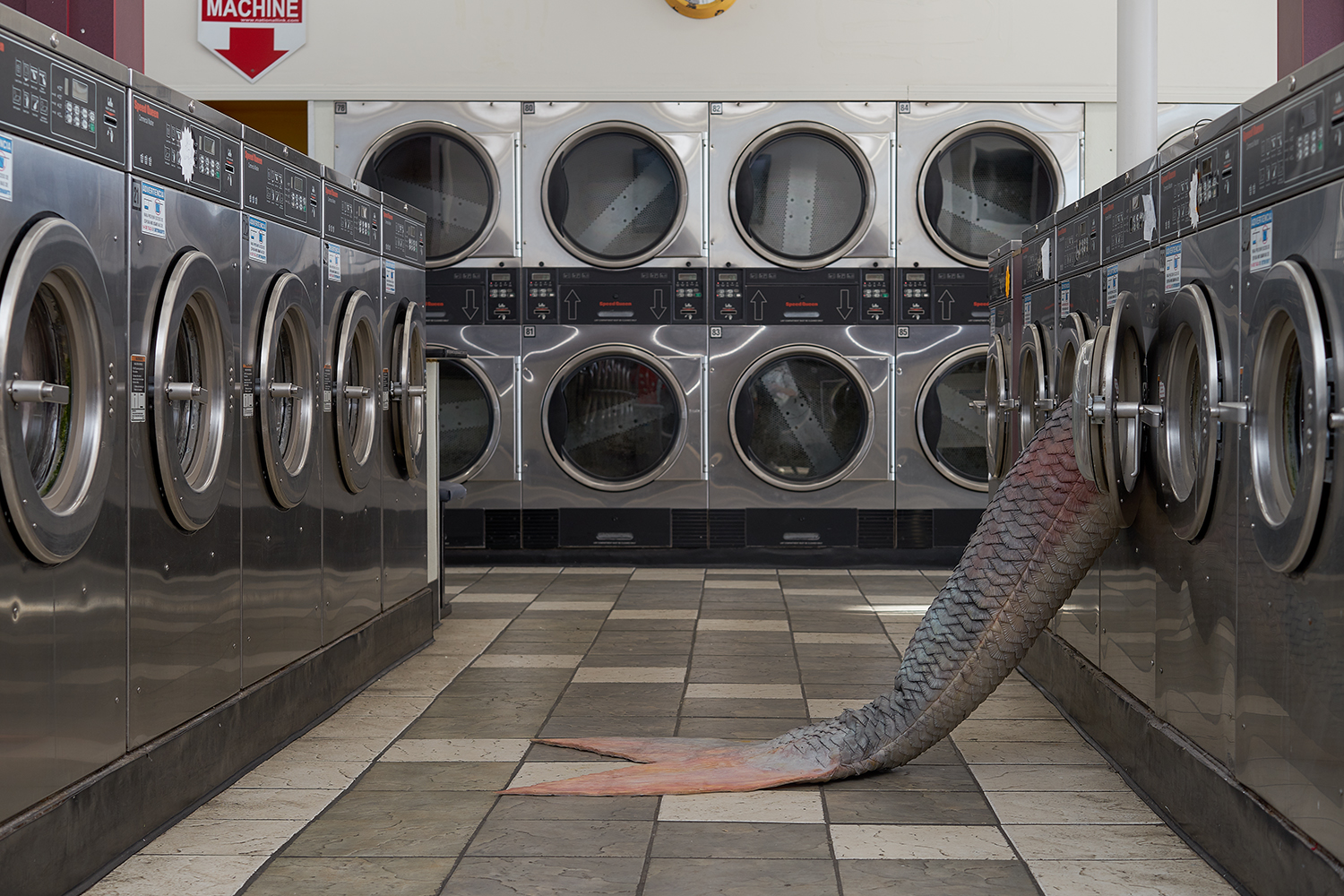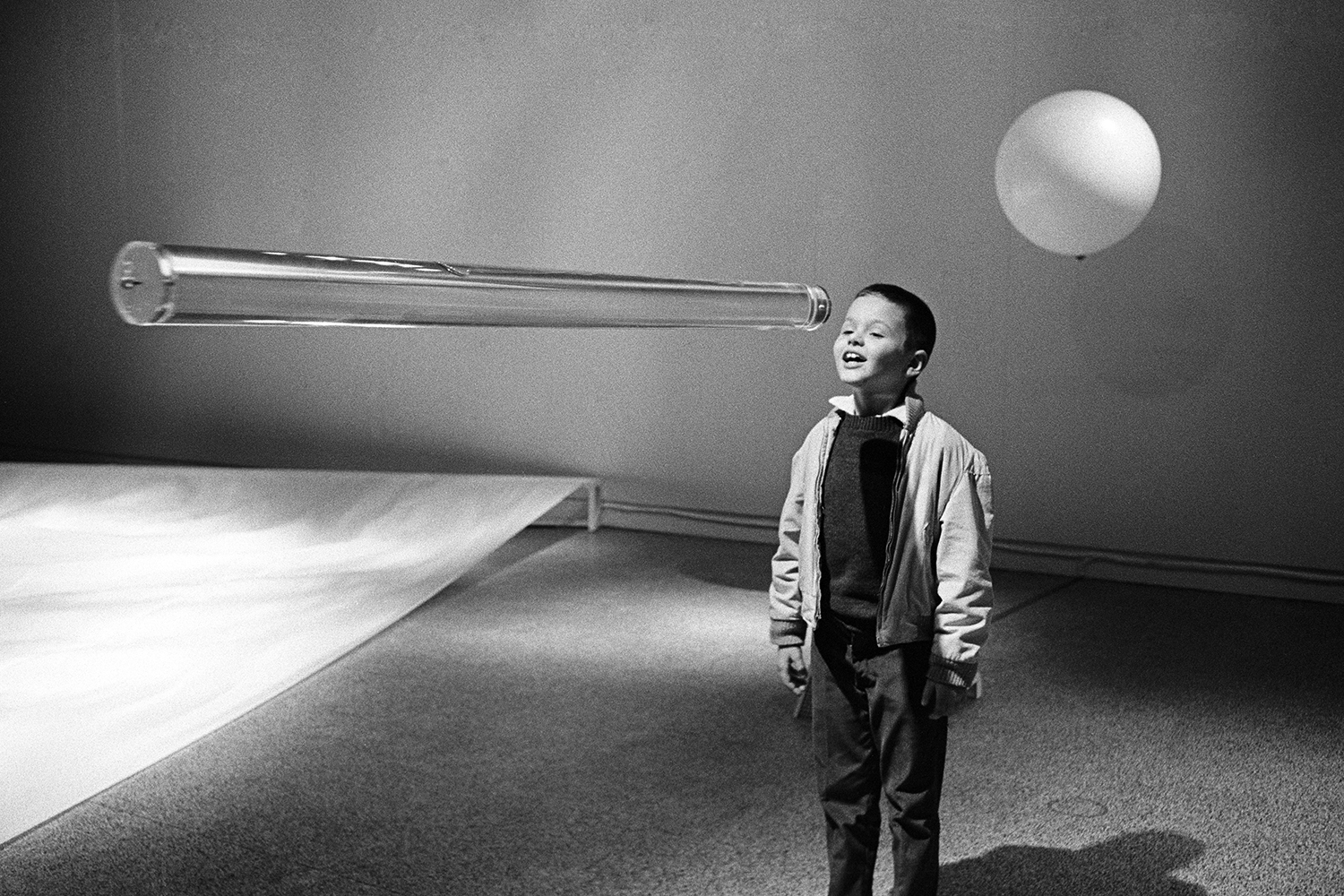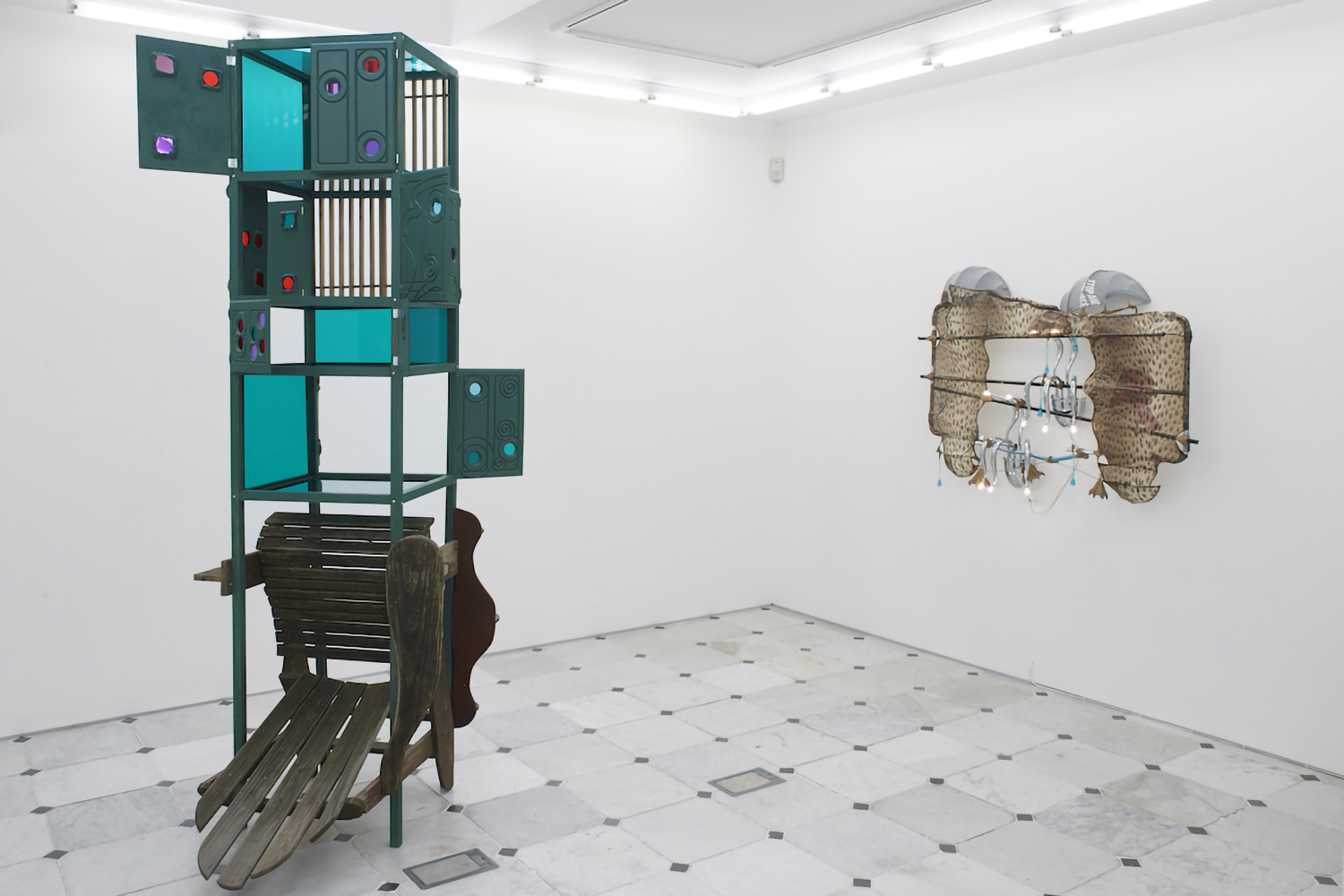Dear Reader,
“I grew up thinking images were facts. I now have the impression that images are like memories. They are slippery and fluid. The context of an image, like with anything else, can alter its message.” This statement, which succinctly informs a core premise of this issue, comes from Virgil Abloh — in conversation here with Maurizio Cattelan.
Today’s image consumption has become a primal, even nurturing aspect of our daily life. Whether originating from commercial or private streams of communications, we ingest and recirculate images incessantly. Yet the meaning of each image is entirely dependent on context; the same image with a different caption may deliver entirely new content, as if freshly produced.
This issue explores a sort of archeology of images. The questions we wish to pose have moved beyond notions of legality; for our purposes, we are not engaged with issues of intellectual property, nor are we interested in determining whether an idea, slightly modified from an already existing one, is more or less relevant than the original. There is already a vast body of literature on the influence of image reproduction, from Walter Benjamin to theories of mass media. Rather, we aim to reflect on issues of appropriation and authenticity in their most contemporaneous sense, whereby any original or preexisting artwork, image, or product can be invested with a multiplicity of meanings. For this new sense of authenticity we’d like to coin the term “post-copyright,” and to that end we have focused on several case studies of artists who are working to remove categories or definitions, even breaking down the barriers between consumer images and art objects.
When Barbara Kruger first introduced her black-and-white images overlaid with declarative captions, the art world tried to define this new form of communication; stronger than an ad, the works contained manifold messages and many levels of disruption. Today, Jordan Wolfson’s Riverboat Song, trafficking in elements from YouTube and other internet sources, confronts the complexities of the human brain as it tries to navigate an era of post-truth. Flash Art historically grounds this discussion with material from its archive, offering conversations from the late 1980s between Sherrie Levine, Haim Steinbach, Ashley Bickerton, and others, to draw a trajectory from the conceptual strategies and visual approaches behind the Pictures Generation to the discourse of appropriation as it stands today.
All the artists featured in this issue — beginning with Maurizio Cattelan, who has conceived a special cover project for our theme — combine language, iconology, and the everyday sensibilities of the “iPhone generation.” From Alice Channer’s repudiation of authorship to Olivia Erlanger’s embrace of the image as a free-floating signifier, each uses appropriation as a means of grappling with our relentlessly refractive present.
Good reading,
The Editors




